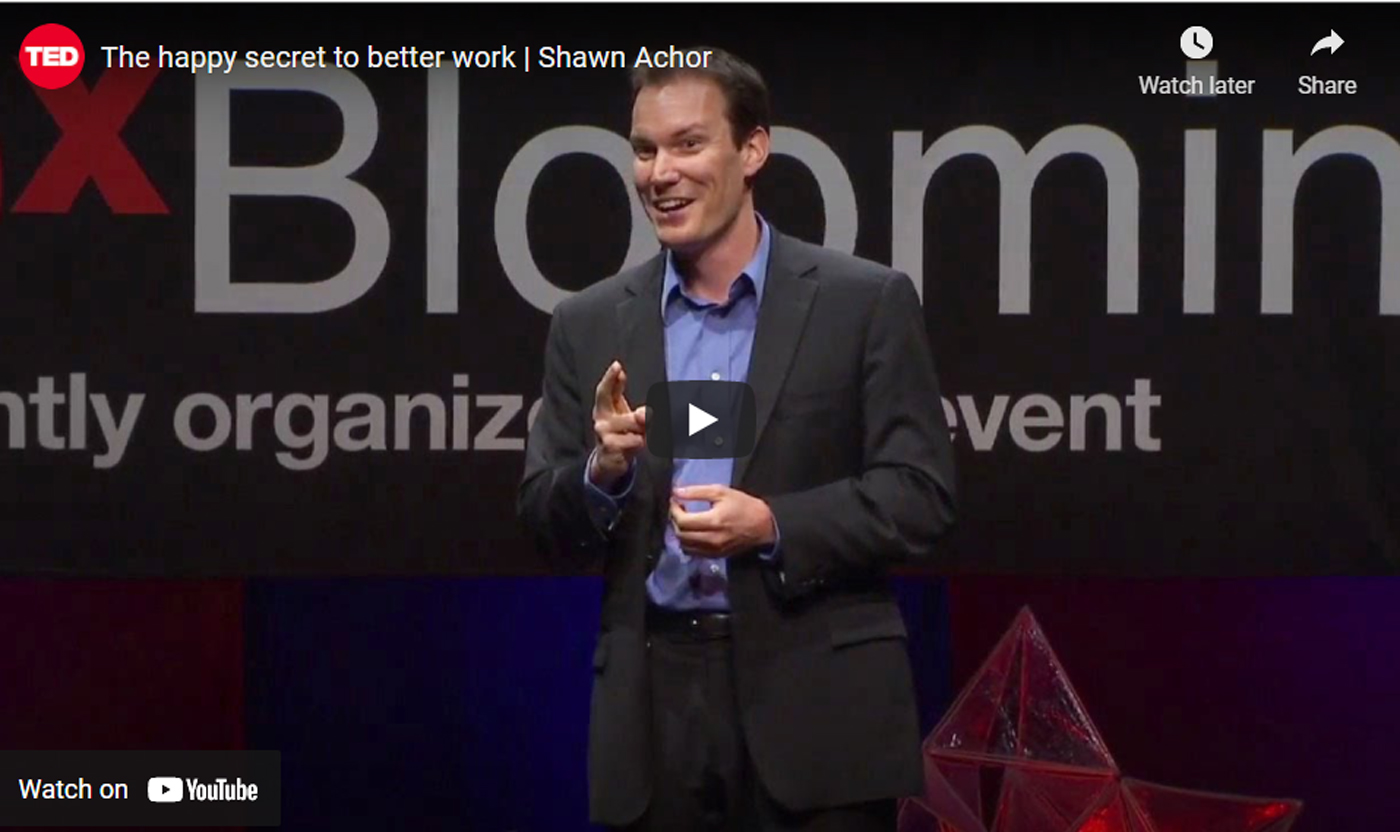Heard of the negativity bias? Well it’s EVERYWHERE! It’s a human predisposition to look for the negative in everything we see. The risk, the downside, the problem, the reason it won’t work. And once upon a time, that human trait really helped us. It probably saved our lives. From animal attacks when we lived in caves, for example. And don’t get me wrong, it can still help us today. SOME of the time. Just not the whole time.
Think about it – from the moment we’re born, we’re being told what not to do – don’t spill the milk, don’t fall over, don’t poo there, don’t colour in outside the lines (oh, was that just me?) Then we go to school and we’re told don’t run, don’t put your bag on your shoulder, don’t have hair longer than that, or hair that colour. So, we go home and we’re asked how come we got a D on something when everything else on our report card is A or B, so we fixate on the D and beat ourselves up and still haven’t forgiven ourselves quite. And so it goes on.
In the end, we get to work and we’re told not to NOT do stuff, but to work on our ‘development needs’ instead. Like being a better presenter, developing gravitas, being more concise, curbing our enthusiasm, etc, etc. Only this is really also being told what not to do, just in a more politically correct or ‘respectful’ way. Hmmm. It’s not that this is badly intentioned or unimportant, some/much/all of this feedback has value. But, it kind of misses a lot of really valuable and important contributions we could be making, if only we also got some input on what makes us different and unique, but in a POSITIVE way.
A positive culture in the workplace
So, imagine being told at work that the way you pitched to a client was outstanding, because you showed you really understood their brief, spoke to them, not at them, listened to what they had to say and seemed really relaxed doing all those things, like it kind of came naturally somehow. Or that your project plan delivered real value, because it showed how you had thought through all the dependent parts of the project, considered involving all the relevant stakeholders and in the end, made sure that everything was delivered to time and budget. And you turned it around really quickly, like in half the time we expected.
Building a high performance culture
Clear, specific, evidence-based, strengths-focused feedback. Not happy clappy, positive stroke-y puff. Which is probably why developing a positive culture in your workplace is more likely to lay the foundations for a high performance culture.
Point made? Not yet? Okay, what about:
- A focus on strengths can increase employee engagement by up to 73% (Rath and Conchie, 2008)
- Supporting people to use their strengths effectively leads to improvements of around 40% in productivity and customer loyalty (Harter et al, 2002)
- Focusing on strengths in appraisals leads to a 36% jump in performance vs. a 27% decline when focusing on weaknesses (Corporate Leadership Council, 2002)
- Strengths use reduces absenteeism of employees who experience both high workload and high emotional demands from 11% to 4% (Woerkom et al, 2016)
Still not convinced? Need more convincing? Okay, listen to this disarmingly funny but actually scientifically-based TED Talk by Shawn Achor, titled Happy Secret to Better Work
And give some of his ideas a go. Or you can always get in touch with us, we’re happy to help, and we’re good at this stuff.









